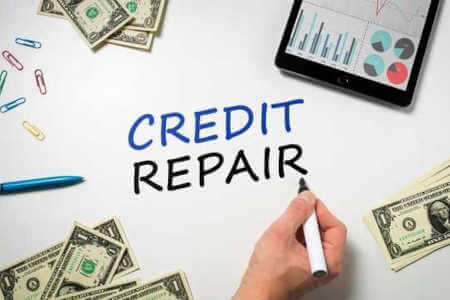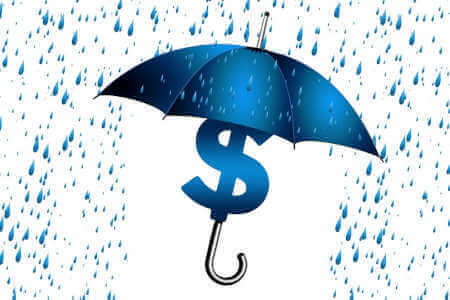How Does Chapter 7 Bankruptcy Affect Your Credit?
Known as straight bankruptcy, the primary purpose of filing Chapter 7 bankruptcy is to have the (debtor’s) debts discharged by liquidating the (debtor’s) assets in order to satisfy the (debtor’s) creditors.
A liquidation proceeding under Chapter 7 is the most common form of bankruptcy. This involves the sale of all the debtor’s assets that are not exempt. Exempt property may include your home, a car, clothing, work-related tools, and basic household items.
As part of Chapter 7 bankruptcy filing, the debtor is required to pass a means test. The bankruptcy discharge relieves the debtor’s after bankruptcy from having to pay many of your pre-bankruptcy debts. Below is a list of what Chapter 7 bankruptcy may or may not get rid of.
Chapter 7 bankruptcy may get rid of:
After you file chapter 7 and receive a discharge, the following debts may be discharged under the law:
Unsecured debts
Stop foreclosures,
Repossessions,
Garnishments,
Utility shut-offs,
Debt collection activities
Chapter 7 bankruptcy does not get rid of:

After you file chapter 7 and receive a discharge, the following debts will still not be discharged under the law. You may still be responsible to pay:
Most taxes
Student loan obligations
Child support payments
Alimony payments
Fines, penalties, forfeitures, and criminal restitution obligations
Property settlement obligations /liens on property
Other debts that are not listed in your bankruptcy papers
Effects of Chapter 7 Bankruptcy on your Credit Score
Chapter 7 bankruptcy or any bankruptcy for that matter is considered a very negative event and will have a devastating effect on your credit score. A Chapter 7 bankruptcy filing is noted from the public records and will remain on your credit reports and affect your credit scores for 10 years from the filing date.
Chapter 7 bankruptcy Scenario #1
Current Scenario: Filed Bankruptcy Chapter 7 and not yet received discharge.
Keep making on-time payments on debts not included in bankruptcy.
File reaffirmation with the court and start paying some of the debts included in bankruptcy.
Get a copy of your credit report a month or 2 after getting Discharge Order from the court and check the status of all accounts.
You will have to wait till you get the discharge from court.
Chapter 7 bankruptcy Scenario #2
Current Scenario: Filed Bankruptcy Chapter 7 and received the Discharge Order.
Get a copy of your credit report a month or 2 after getting Discharge Order from the court and ensure that accounts in bankruptcy show $0 balance.
Notify the Credit Reporting Agencies /creditor if any account included in bankruptcy is reported as past due and get it removed.
Get a secured card and make sure the card provider reports payment history to the Credit Reporting Agencies.
After a year or 18 months of on-time payment, apply for unsecured credit card/store card.
Be an authorized user on someone else's credit card. The account history will be shown on your credit report.
Get a small personal loan or car loan and make on-time payments.
If 2 years have passed from discharge, you may get FHA loans. For conventional loans, you'll have to wait till 4 years after discharge.
Note
Chapter 7 bankruptcy remain in a credit report 10 years from the filing date.
How long does negative information stay on your credit report?
Warning!
Bankruptcy can have serious long-term financial and legal consequences, including loss of your property. You should consider hiring an attorney and carefully consider all of your options before you file. Only an attorney can give you legal advice about what can happen as a result of filing for bankruptcy and what your options are.



